Rice is among the most popular products we use to prepare homemade dishes. And while most of us already know how to handle all kinds of rice (white rice, sushi rice, blanched rice, black rice, etc.), many people who are "newbies" to the kitchen, they encounter difficulties precisely with it.
As they say, no one is born a scientist, so in the following article we will try to be helpful and show you exactly what to do with the different types of rice.
Tips to cook good rice
The first preparation of the rice is to see if there are any foreign impurities in it. These days you'll usually rarely come across it because it's pretty well cleaned, but there's nothing wrong with preventative measures.
Any rice, no matter what it is, should be thoroughly washed under running water in a colander. Before you pour it into it, first, use some kind of measuring cup to know how much water you need to add to it later during the heat treatment. Your measuring cup may be a regular cup.
The longer you wash the rice, the better the starch will be removed from it. Which, in turn, means that for the preparation of meatballs with white sauce, for example, the washing must be quick, so that the starch can act as a binding component with the minced meat.
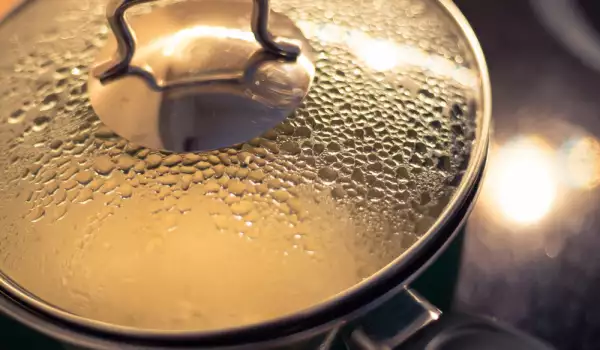
When preparing sushi rice, washing the rice should be the most thorough. The longer you wash it, the tastier sushi you will make. The grains should not stick together.
When working with unrefined white rice, which, by the way, is considered the healthiest, it is necessary to pre-soak it in water for at least a few hours. Otherwise, it will stay too hard and seem "undercooked" in your dishes. A similar soaking should also be done when working with black rice, as it is good even if it stays overnight in water.
Ok, we have cleared up the matter of washing the different types of rice. After it is washed, the rice is left to drain well. For the draining time it should be at least half an hour, but an hour is better.
Each rice requires a different amount of water for its preparation, so you should strictly follow the instructions on its packaging. So, for example, for ordinary white rice, the rule of thumb is the ratio of rice: water to 1:3, while for sushi rice, the water is much less.
When the rice is going to be boiled, it is placed in the specified amount of water that is pre-salted (salt is not added in case you are preparing a dessert from the rice, such as rice pudding for example). During the first 10 minutes, it boils on high heat, after which the heat is reduced to a minimum degree. It is boiled until it begins to soften, and it is not desirable to stir it. After it is semi-cooked, it is removed from the heat, but left under the lid for at least another 10 minutes. This is a must when you make delicious risotto.
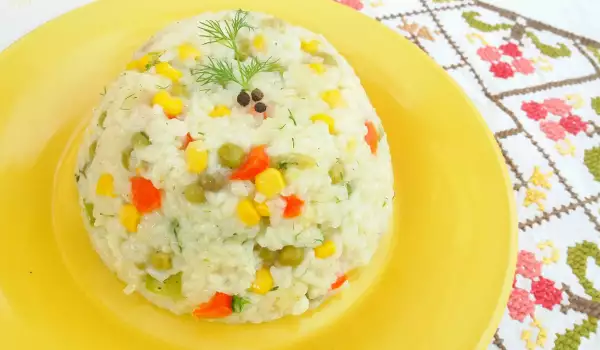
When you fry rice and you want to transfer it to the oven afterwards, you must know that the fat in which you fry it must be very hot and cook the rice until it becomes translucent. Some chefs advise to use a little white wine or another type of acid to avoid the grains sticking together.
Then the rice is transferred to a tray, the required amount of water is added and baked until the water is absorbed by the oven-baked rice. Again, after taking it out of the oven, you should cover it with a towel and let it rest for at least 10 minutes.
That's it, we hope we've been helpful! And for this purpose, we will also offer you more delicacies with rice:
- pilaf;
- rice pudding.
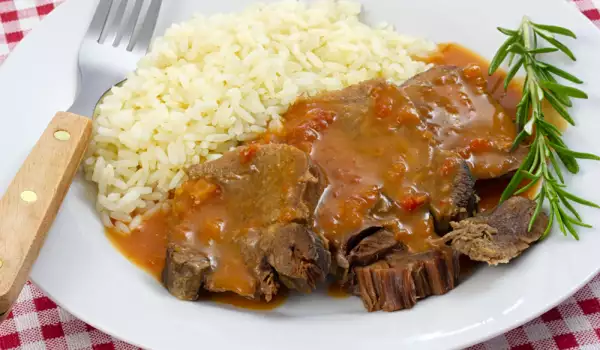
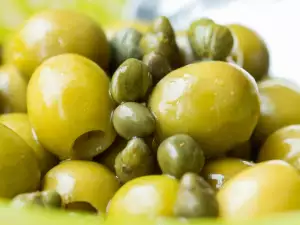




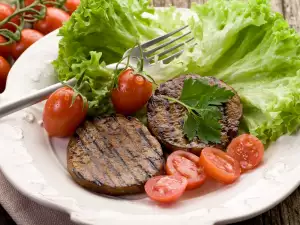
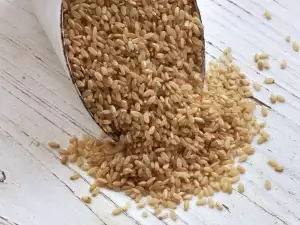
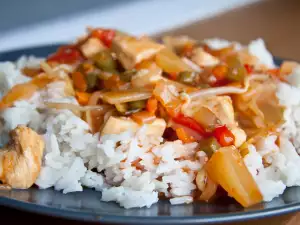
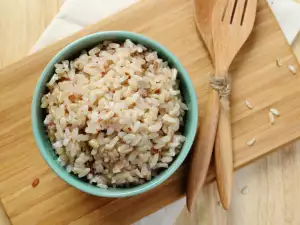
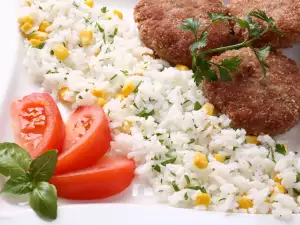
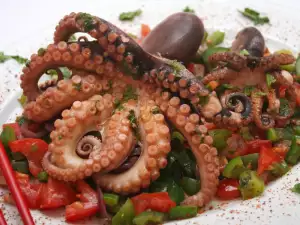
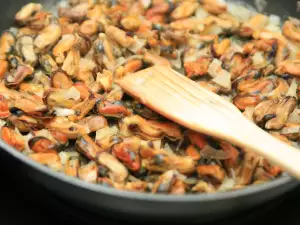
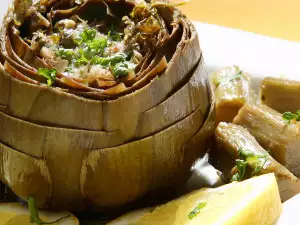
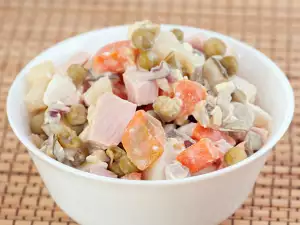
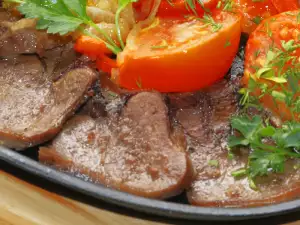




Comments